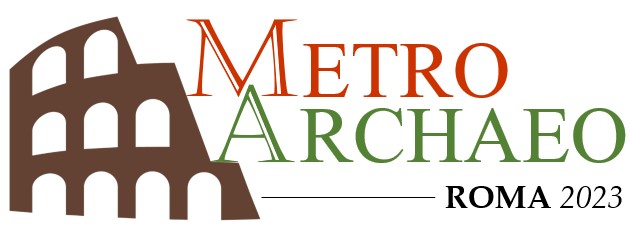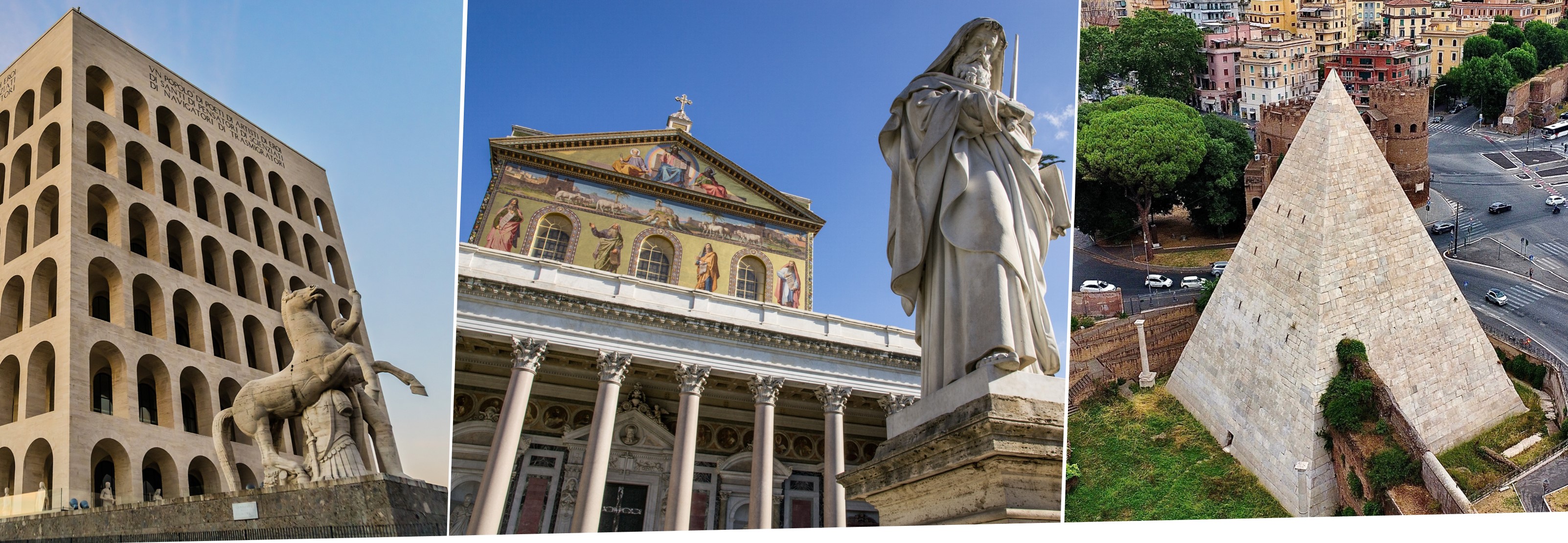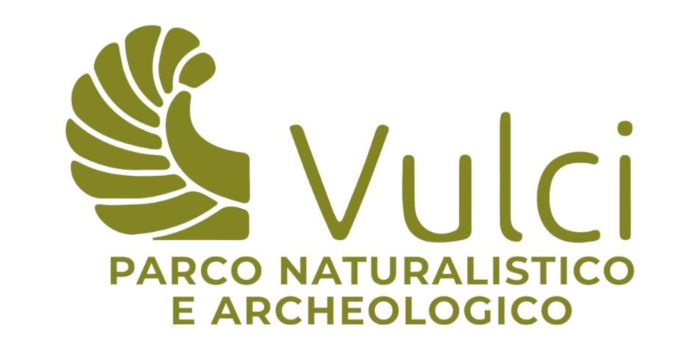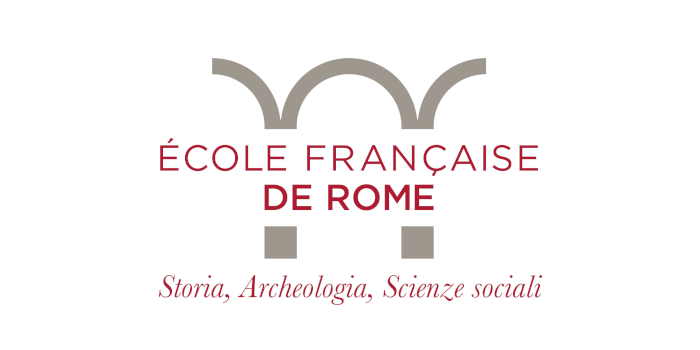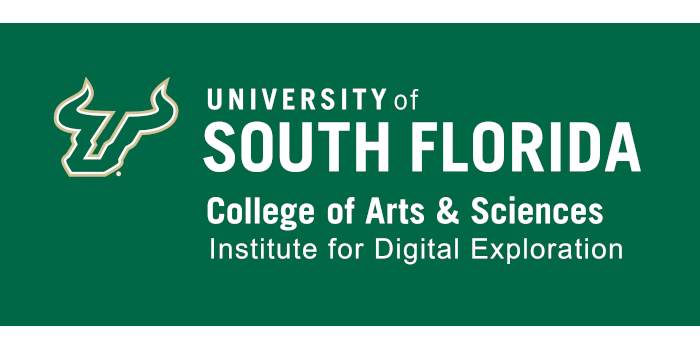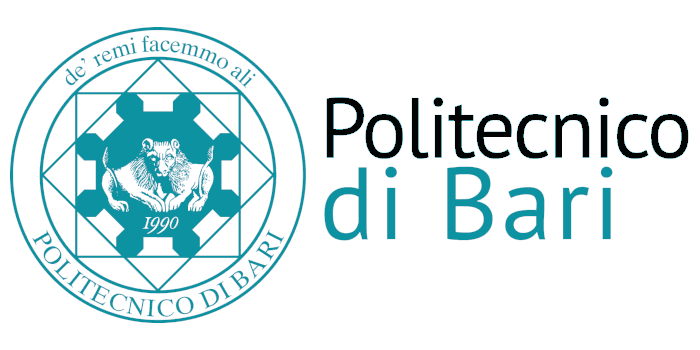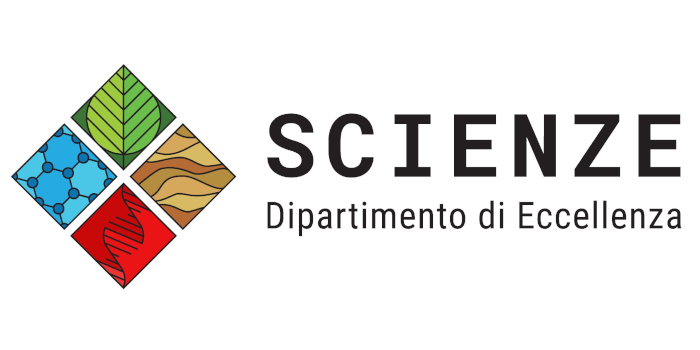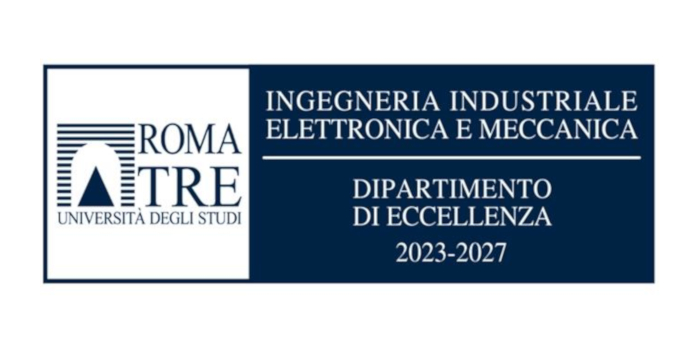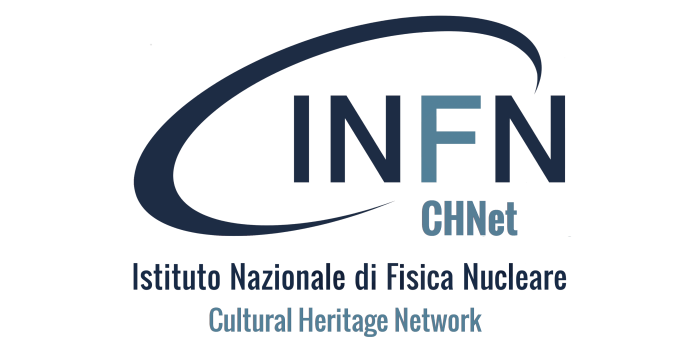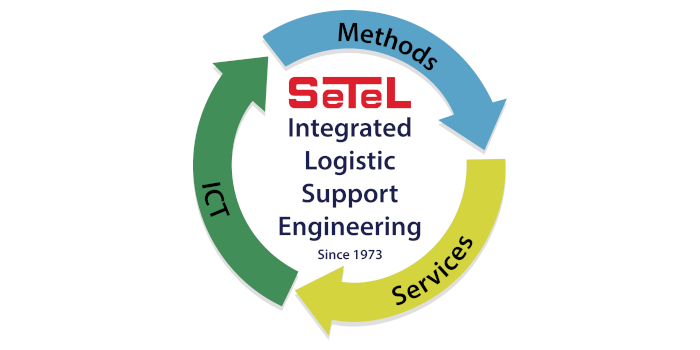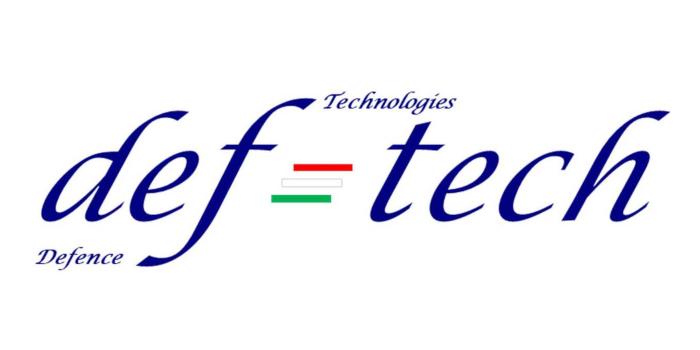SPECIAL SESSION #29
Heritage wood: diagnosis and monitoring to develop a preservation strategy
ORGANIZED BY
Sveva Longo
National Research Council – Institute of Heritage Science, Italy
Cristiano Riminesi
National Research Council – Institute of Heritage Science, Italy
Silvia Capuani
National Research Council – Institute of Heritage Science, Italy
Valeria Stagno
Sapienza University of Rome - Dep. of Earth Science, Italy
ABSTRACT
Preserving structural wood, waterlogged wood and wooden works of art, such as panel paintings and carvings, is still a challenge for scientists and conservators.
The process normally adopted for conservation start from diagnostic, which precedes the conservation work, and should continue with monitoring afterwards. This is particularly important in the case of archaeological wood and wooden materials. In these cases, in fact, it is necessary to evaluate the set of technological properties of the artefact and structure to define the characteristics of the material to be treated and how it should be treated. The conservation works, therefore, require products that take into account the specificities of wood (which is hygroscopic and variable in size with varying humidity) to arrive at conscious and lasting treatment methods. The aim of this special session is to discuss multi- and interdisciplinary approaches to the diagnosis and monitoring of structural wood and wooden works of art by focusing on the using of non-destructive or micro-destructive techniques, advanced analytical methodologies based on imaging approach applied to investigations on wooden artefacts and future perspectives for wooden artworks conservation.
MAIN TOPICS
Main topics include, but are not limited to:
- Advanced Non-Destructive Techniques for wooden heritage diagnostic and monitoring;
- Assessment of the conservation state of structural wood, wood remains and artworks by multidisciplinary approaches and techniques;
- Dendrochronology and SEM using in characterization of wood and wooden materials;
- Imaging techniques for wood identification and characterization;
- Dendrochronology;
- X-ray Computed Tomography;
- Nuclear Magnetic Resonance Imaging;
- Techniques for diagnosis and monitoring of archeological and waterlogged wood;
- Protocols and best practices for monitoring of performance of conservation works and restorations.
ABOUT THE ORGANIZERS
Sveva Longo - Post-doc researcher at the Institute of Heritage Science of the National Research Council (CNR-ISPC). She obtained a master’s degree in conservation science in 2016 at Sapienza University of Rome and a PhD in Physics in 2020 at the University of Messina. Her main research activity concerns the use of biomedical imaging techniques such as Computed Tomography (CT) and Magnetic Resonance Imaging (MRI) for the study of wooden artworks and archaeological waterlogged wood remains.
Cristiano Riminesi - He is an electronic engineer and researcher at the Institute of the Heritage Science of the National Research (CNR-ISPC).
His main research activities are devoted to study techniques and systems based on physical approach for the diagnosis, monitoring and conservation of inorganic and organic materials (wood, paper and wooden materials) of CH interest. He designed and developed techniques and methodologies for risk assessment for the conservation CH assets based on the controlling of chemical, physical and mechanical parameters trough dedicated systems and sensors (also covered by patent).
He involved in several national and international projects also in the framework of Cultural Heritage (IPERION CH, IPERION HS, E-RIHS).
His scientific activity is documented by about 100 papers and several patents. He is an active member of study groups concerned on the preparation of Standard for the definition of methods and procedures in the field of conservation of Cultural Heritage (UNI-NORMAL GL4 and CEN TC 346 – WG4).
Silvia Capuani is an experimental physicist working at the Institute of Complex Systems (CNR-ISC) where she has a Permanent Research position. Silvia Capuani headquarters is in Physics Department of Sapienza University of Rome, where she directs her own research group and holds a NMR laboratory called: “Nuclear Magnetic Resonance and Medical Physics Laboratory. Her research interests include theoretical and experimental investigation of NMR Spectroscopy and Imaging of materials (confined water, porous systems) and living systems (ex-vivo tissues, in-vivo animal models,humans). Specifically, her research focuses on developing new NMR techniques and innovative NMR protocols with impact in clinical diagnostics and diagnostics of cultural heritage.
Valeria Stagno - Post-doc researcher at Sapienza University of Rome. She holds the course in "Advanced physical methods applied to cultural heritage" at Sapienza University. She received in 2023 the PhD title in the sector of physics applied to cultural heritage and she graduated in 2018 in sciences applied to cultural heritage at Sapienza University. Her research line is focused on the implementation of multi-parametric and multimodal Nuclear Magnetic Resonance (NMR) protocols for the diagnostics of wood objects of interest for cultural heritage. She also works on innovative consolidation strategies and new consolidants for wood, such as lignin nanoparticles. She carries out her research activities using the combination of NMR diffusometry, relaxometry, cryoporometry and imaging methods on both portable and non-portable NMR sprectrometers.
